Graphic design for architecture firms emerged as a vital tool for conveying visionary concepts and intricate detailing. In earlier days, there was often just one standard approach, but today's landscape offers a vast array of graphic design possibilities. Regardless of the method chosen, effective graphic design encapsulates the firm's ethos and elevates its communication strategies. While at first glance, graphic design for architecture might appear overly technical or rigid, the truth is that it is both dynamic and engaging--and right now, it's experiencing a vibrant renaissance. Enhance your firm's presentation with these cutting-edge graphic design ideas and transform the way you communicate your architectural vision.
Brand Identity Development
Graphic design for an architecture firm's brand identity involves creating a cohesive and visually compelling narrative that aligns with the firm's values and vision. The process begins with a thorough understanding of the firm's ethos, target audience, and competitive landscape. Designers curate a versatile palette that consists of colors, typography, and graphical elements, which reflects both innovation and tradition. These elements are consistently applied across various platforms such as logos, stationery, digital interfaces, and marketing collateral to ensure recognition and differentiation in the marketplace.
Architectural Visualization Graphics
Architectural visualization graphics are an indispensable tool for architecture firms, offering a dynamic blend of artistry and technology to bring blueprints to life. These graphics employ advanced software, allowing designers to create photorealistic renderings and immersive 3D models that provide clients with a tangible sense of the proposed architectural spaces. By utilizing techniques such as lighting simulations, material mapping, and detailed texture overlays, designers can vividly showcase every aspect of a building's design, from the interplay of natural light at different times of day to the intricate details of facade materials. This visualization not only aids in client communication by bridging the gap between abstract concepts and palpable experiences but also facilitates critical design evaluations and decision-making during the developmental stages of a project.
Typeface Selection for Firms
In graphic design for an architecture firm, typeface selection is pivotal as it transcends aesthetic appeal to embody the firm's ethos, professionalism, and vision. Modernist typefaces such as Helvetica or Futura, with their clean lines and balanced proportions, often resonate well with architecture firms aiming to project a sense of minimalism and precision reflecting their architectural designs. Serif typefaces like Garamond or Baskerville can evoke a sense of tradition and reliability, which might appeal to firms with a long-standing history or those emphasizing a classical design approach. Typeface legibility at various sizes is crucial in architectural portfolios or presentations to ensure clarity and readability across diverse formats, enhancing communication with clients by ensuring the written message aligns seamlessly with visual and structural elements portrayed.
Brochure Design for Architects
Designing a brochure for an architecture firm entails a meticulous blend of aesthetics and functionality, ensuring the visual narrative not only captures the ethos of the firm but also communicates its vision to prospective clients. Every architectural firm has unique selling propositions, ranging from specific design philosophies to landmark projects, which must be highlighted through strategic layout choices, sophisticated typography, and palette selection. Incorporating high-resolution images of completed projects alongside conceptual drawings provides a tangible sense of the firm's capabilities, while the use of textures and finishes that imitate architectural materials can enhance the tactile experience of the brochure. Moreover, maintaining an intuitive flow of information is crucial, utilizing clear headings and concise content that guide the reader seamlessly through the firm's offerings, thus transforming the brochure into a compact, persuasive portfolio that stands as a testament to the firm's architectural prowess.
Rendered Floor Plan Graphics
Rendered floor plan graphics serve as a crucial representation tool in architecture firms, providing a bridge between two-dimensional technical drawings and three-dimensional perceptions. They offer a vital way to visualize interior layouts, incorporating material textures, dynamic shading, and lighting effects that showcase spatial relationships and functionality with clarity and precision. Through the use of advanced software such as AutoCAD, Revit, or SketchUp, architects can manipulate layers, adjust perspectives, and integrate elements like furniture and landscaping, ultimately crafting a vivid, life-like graphical portrayal that not only engages clients but aids in efficient decision-making. This meticulously designed output emphasizes aesthetic quality and functional intent, supporting the designer's vision while making the design accessible to stakeholders who may not possess technical expertise, thus facilitating smoother project approvals and a more cohesive design process.
Portfolio Presentation Design
A graphic design for an architecture firm focused on portfolio presentation necessitates an incisive understanding of visual hierarchy and narrative flow. Meticulous organization of content and strategic use of white space ensure that each project is given prominence, while sleek typography facilitates readability and maintains a professional tone. By integrating high-resolution images with succinct yet impactful project descriptions, the design should encapsulate the firm's unique design ethos and emphasize key accomplishments, providing potential clients with a comprehensive understanding of their expertise and creative process. Incorporating interactive elements, such as 3D renderings or virtual tours, within digital portfolios further enhances engagement, allowing the firm's architectural vision to be communicated effectively and immersively.
Signage System Graphics
A comprehensive signage system for an architecture firm demands a meticulous blend of aesthetics and functionality, with each element designed to not only enhance the building's identity but also to navigate users seamlessly through its spaces. The typography should reflect the architectural ethos, making sure it is legible even from a distance, while harmonious color palettes draw inspiration from the building's materials and surrounding environment, ensuring that the signs stand out without clashing with the architecture. Each sign, whether directional, informational, or identificational, should be strategically placed to anticipate and guide user movement intuitively, incorporating universal icons and multilingual text where necessary to accommodate diverse clientele. Material choices, such as brushed metal finishes or engraved stone, should match the firm's architectural aesthetic, creating a cohesive visual language that communicates professionalism and a clear understanding of spatial navigation while incorporating sustainable practices by using eco-friendly materials.
Website Design for Architecture
An effective website design for an architecture firm must embody the essence and ethos of the company, translating aesthetic philosophy and architectural prowess into a seamless digital experience. The design should prioritize clean lines and minimalistic layouts, reflecting the architectural precision the firm is known for while ensuring the website remains intuitive and user-friendly. High-resolution images of completed projects should dominate the visual narrative, showcasing the firm's portfolio with detailed descriptions and interactive elements, such as 3D models or virtual tours, inviting prospective clients to immerse themselves in the projects. To maintain engagement and accessibility, the website should be mobile-responsive with well-integrated social media links, enabling the firm's architectural stories to be shared effortlessly while optimizing load times and navigation to maintain user interest and drive conversions.
Project Proposal Layouts
Graphic design in architecture project proposal layouts plays a critical role in effectively communicating the vision, functionality, and aesthetics of a proposed structure to clients and stakeholders through meticulously crafted visuals and strategic information arrangement. The layout should balance clean, modern typography with high-quality visuals, such as 3D renderings, site plans, and conceptual sketches, ensuring that every graphic element contributes to a cohesive narrative that highlights the project's unique selling points and aligns with the firm's brand identity. White space, grid layouts, and a harmonious color scheme help in guiding the reader's eye, making complex information more digestible while enhancing the proposal's overall readability and professional appearance. The careful integration of infographics and architectural diagrams can illustrate technical data succinctly, providing clarity and reinforcing the proposal's innovative aspects, thus leaving a lasting impact on decision-makers who may determine the project's success.
Wayfinding Design Elements
Wayfinding design for an architecture firm transcends mere functionality by integrating aesthetic and spatial storytelling to guide users seamlessly through spaces. By employing a harmonious blend of typographic hierarchy, intuitive iconography, and strategically positioned signages, designers can sculpt cohesive navigational experiences that enhance the spatial understanding of intricate environments. Materials and finishes need to be carefully selected, resonating with the architectural ethos, ensuring that wayfinding elements not only stand out to effectively direct occupants but also blend harmoniously with the overarching design motif. Environmental graphics can amplify these elements through the use of color psychology and thematic narrative threads, fostering an environment that is as much about guiding visually and cognitively as it is about enriching the journey through architectural space.






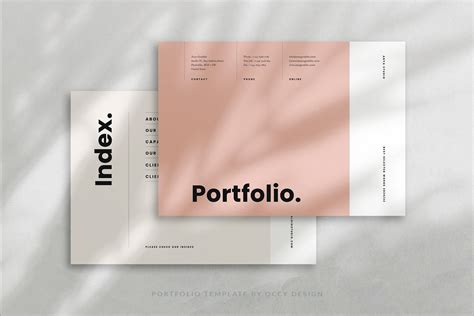
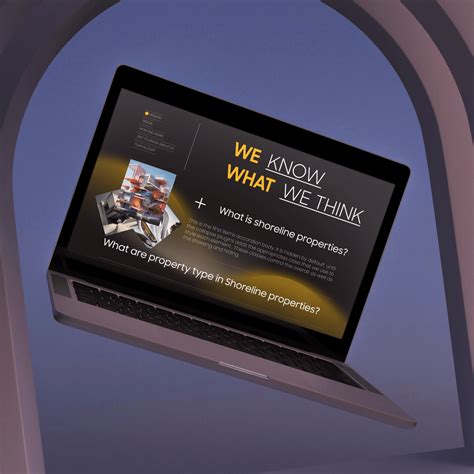
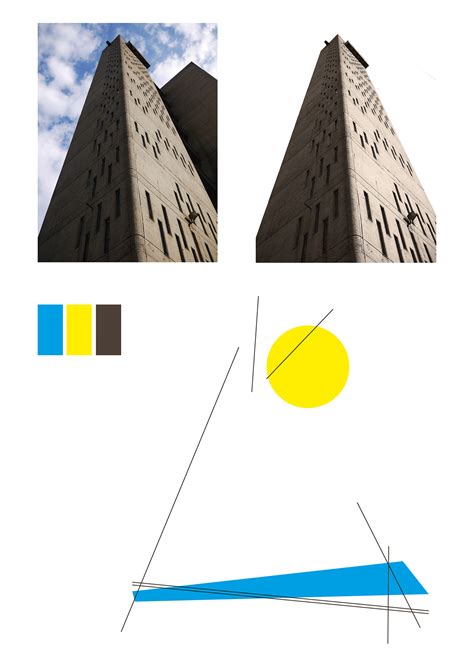
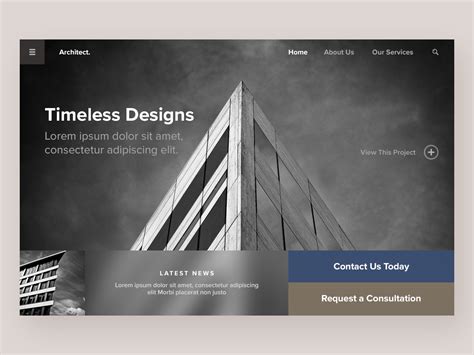
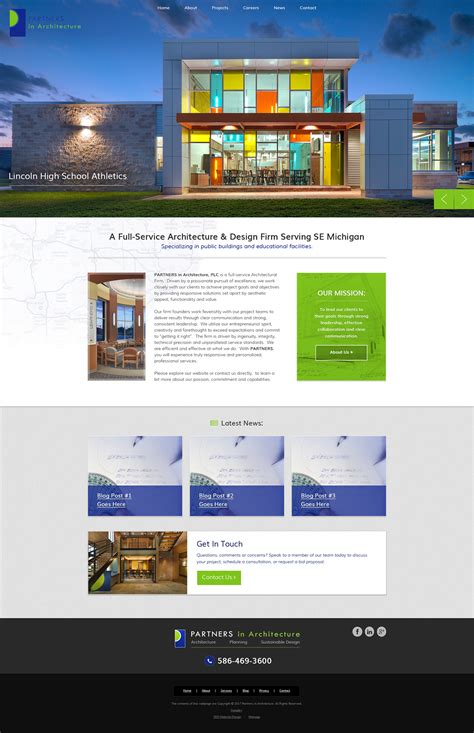
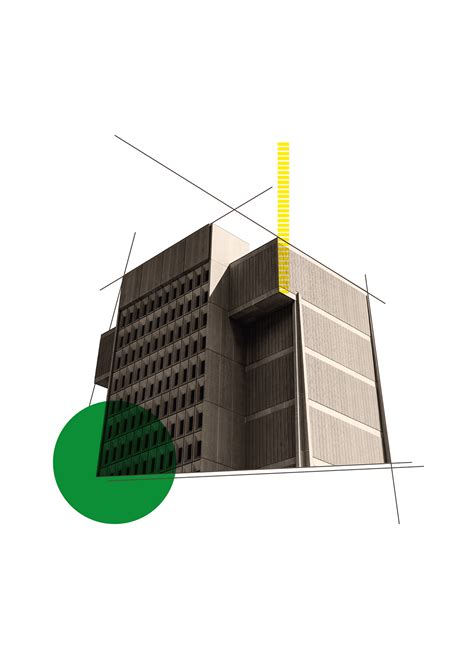
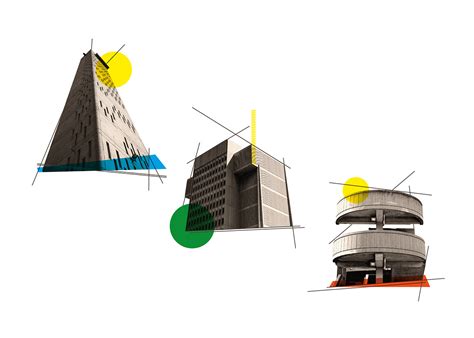
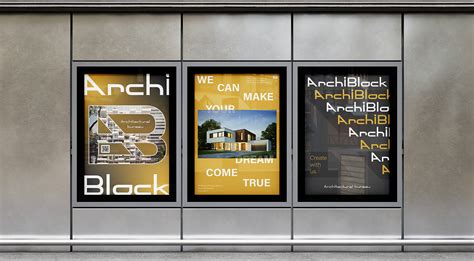
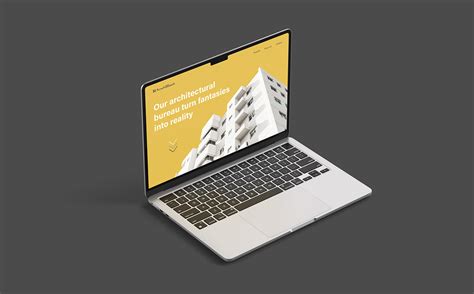
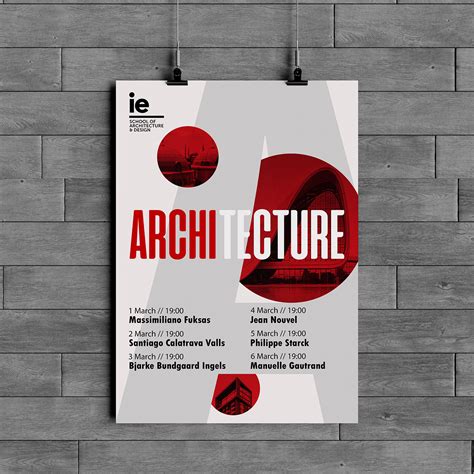
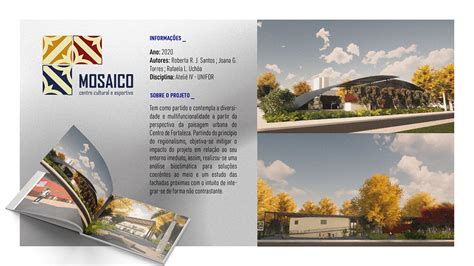
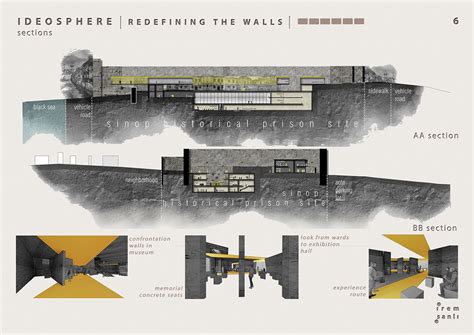
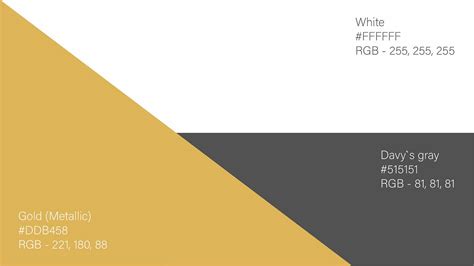
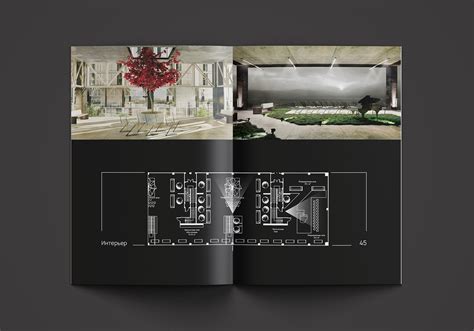
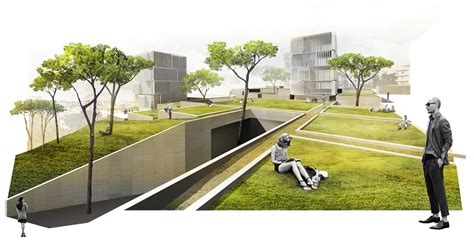
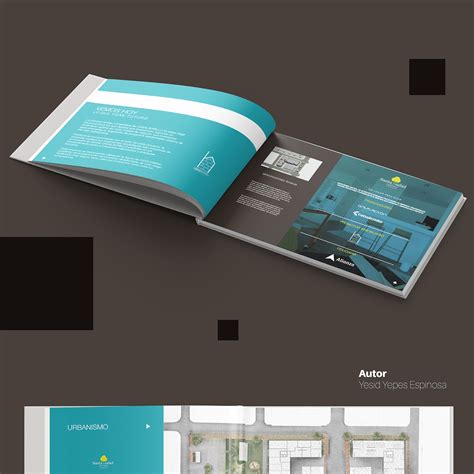
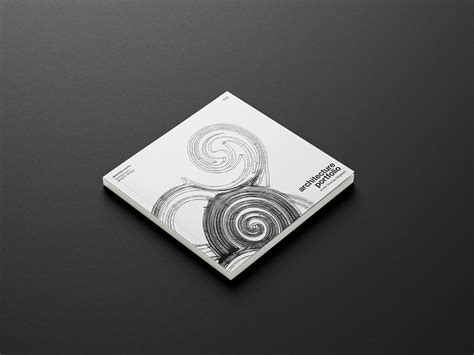
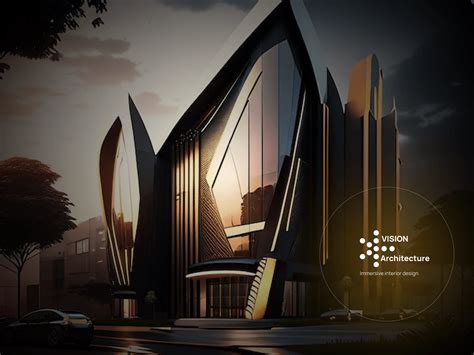
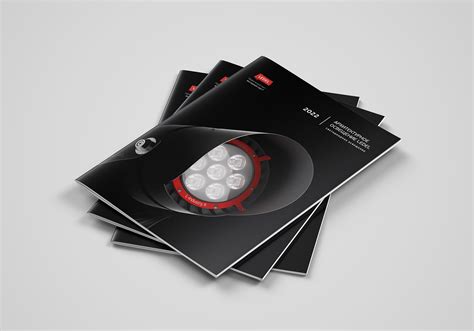
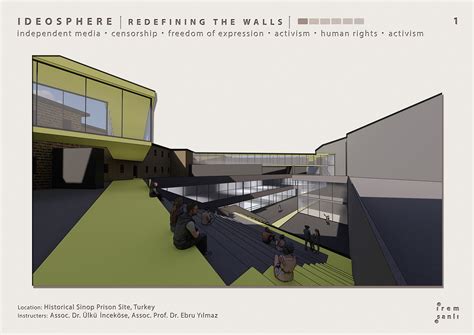
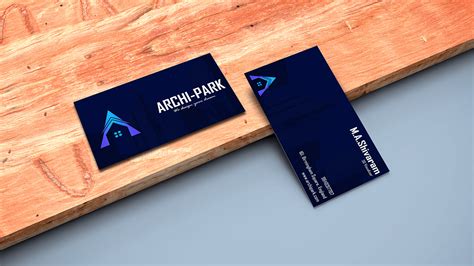
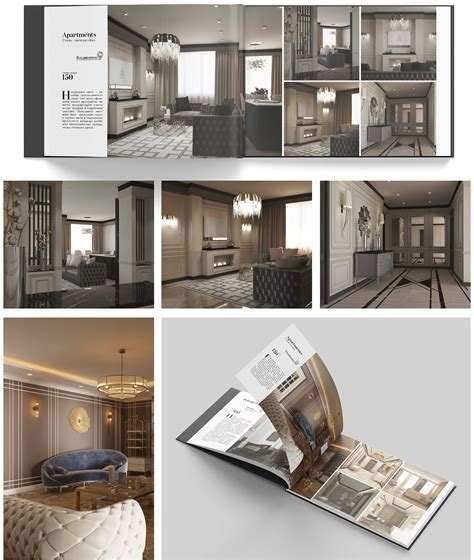
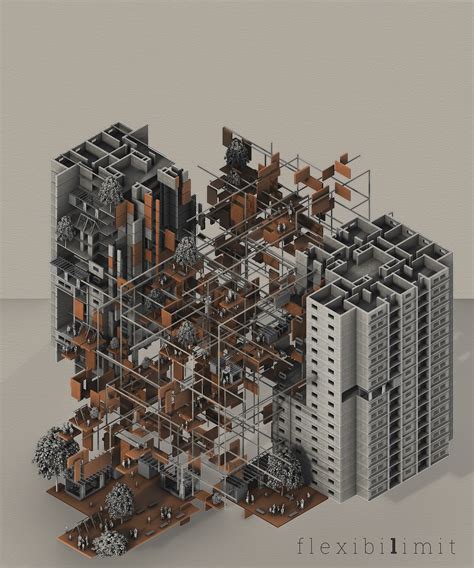
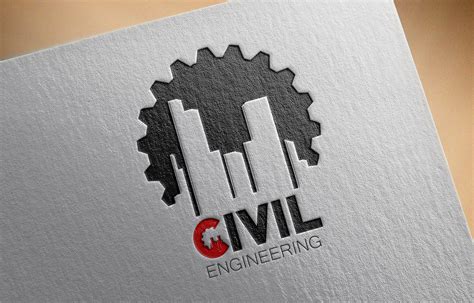
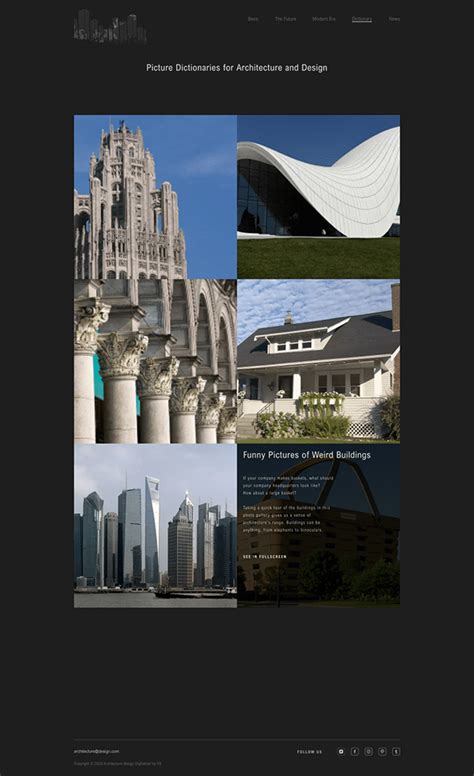
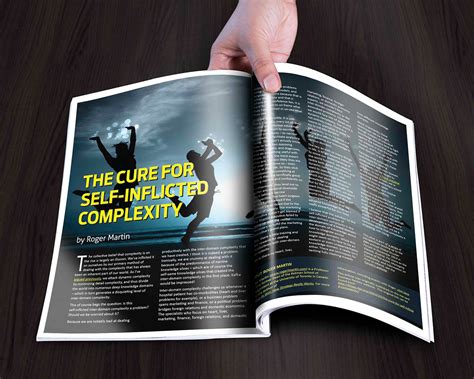


Leave a Reply
Your email address will not be published.